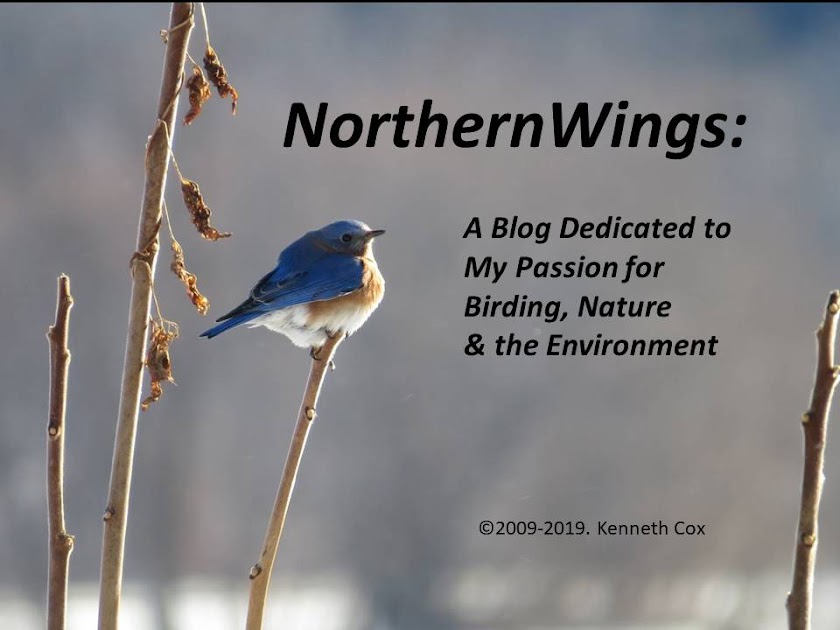The heading of this post may suggest an Aesop fable communicating a moral message of some sort, and that is not too far from the truth, based on a recent encounter I had with a Double-crested Cormorant.
At least once a year I make a birding trip to The Nature Conservancy's LaPlatte River Natural Area in Shelburne, Vermont. The area is located just upstream of Shelburne Bay on Lake Champlain and is a reliable place to see Black-crowned Night-Herons, and on the bay, Caspian Terns. During the morning of this posting date I made such a trip and while walking the trail through the reserve and approaching the river shoreline, I heard quite a commotion ahead in the water. Something was frantically splashing. Initially I passed it off as a large fish, perhaps a carp spawning in the shallows, but it soon became apparent that it was a cormorant tangled in low lying tree limbs. Upon closer inspection it was evident the agitated bird was tangled in fishing line and snagged on a branch. Certainly without relief the bird would experience an agonizing death, so this "good samaritan" without much forethought decided to liberate the unfortunate critter. Well, at the time this didn't seem to be all that big a deal and certainly without much risk to the rescuer. Oh, how wrong I was.
Walking percariously out to the bird via a flimsey limb the bird naturally was freaked out by my presence and was in no mood to be cooperative. Being aware that the cormorant would make every effort to defend itself and would bite given the chance, I scoped out the situation and decided I needed to constrain it and somehow keep the bill closed while attempting to release it. I fully underestimated the situation. The speed, accuracy and power a cormorant is capable of its bill to use would become obvious. My first attempt resulted in the bill being forcefully clamped down hard on the right hand with the pointed, hooked nail of the upper mandible piercing the flesh...how tightly it held without being forced to release. It was very reminiscent of an experience I had with a large snapping turtle in my youth. And as if this first encounter with the cormorant wasn't enough I managed to get bitten at least a half dozen times on one hand and half as many again on the other. Needless to say my hands were in pain, swollen and bloodied and I was not any closer to freeing the bird. I will admit that it did pass my mind a couple times to shorten the unpleasant ordeal and somehow dispatch the bird humanely to permanently put it out of its misery and allow me to go my way.
Then two kayackers came into view. I called out to them asking if either had a knife or other sharp implement. They did not but paddled over to give assistance. Both attempted to distract the bird from me with their paddles while I worked on cutting the lines with my car keys...not the proper tool for the task. All the while the cormorant was within a neck reach of me and managed to sneak in a couple lunges at my head. Luckily, these were dodged. Eventually enough lines were cut to enable the bird to slip free of its bonds. It immediately dove and swam under water resurfacing about 10 yards away, and not so much as one guttural croak was given to express thanks to its liberators.
So as a fable is supposed to communicate a message to live by, I see there are at least two, one from the perspective of the cormorant: don't bite the hand that feeds (frees) you; and the other from the rescuer: no good deed goes unpunished or something like that. And what did I learn from this experience: (1) don't attempt to handle a cormorant without heavy leather gloves; (2) have a towel or something to cover the birds head when trying to capture and constrain it; and (3) always carry a pocket knife, something I should have remembered from Boy Scouts.
